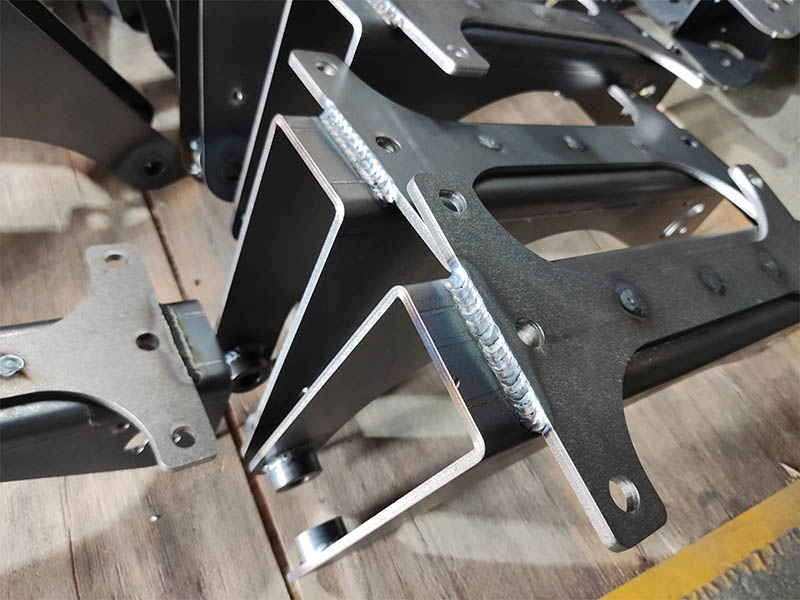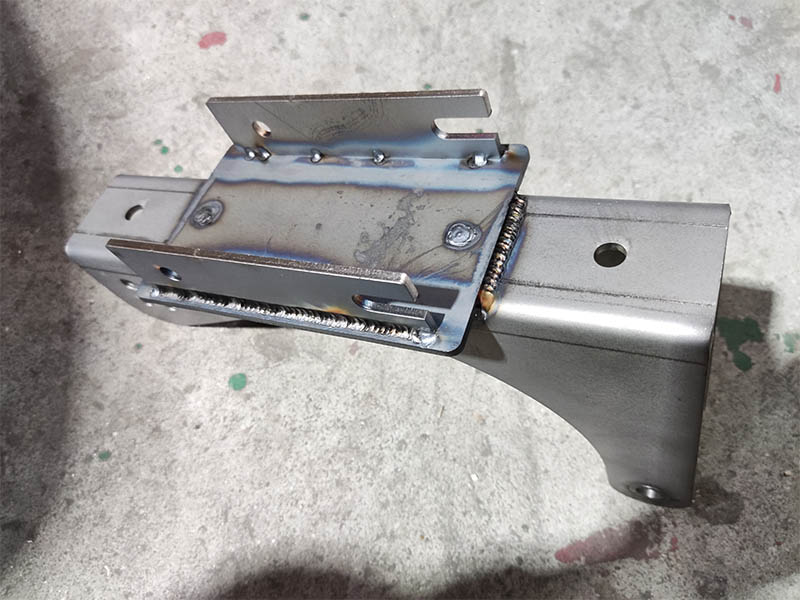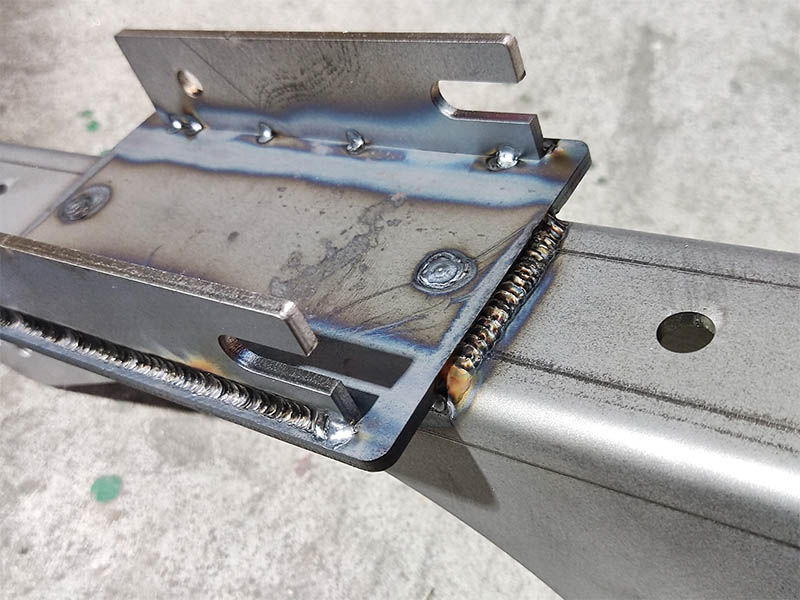Welding is a critical process in various industries, used to join materials, typically metals or thermoplastics, by applying heat, pressure, or both. Below are different types of welding methods used commonly in sheet metal fabriction.

Arc welding is one of the most widely used welding techniques, particularly in construction, manufacturing, and repair industries. It involves using an electrical arc to melt the base material and a filler material, which then solidifies to form a strong bond.
Shielded Metal Arc Welding (SMAW): Also known as stick welding, it is one of the most basic forms of arc welding. It uses a consumable electrode coated in flux to create the arc.
Gas Metal Arc Welding (GMAW): Also known as MIG (Metal Inert Gas) welding, it uses a continuous wire electrode and shielding gas to protect the weld from contaminants.
Gas Tungsten Arc Welding (GTAW): Known as TIG (Tungsten Inert Gas) welding, it uses a non-consumable tungsten electrode to generate the arc, with a separate filler rod.
High versatility and adaptability
Can be used on a variety of metals and alloys
Efficient and relatively easy to learn for simple tasks
Good for outdoor use in windy conditions (MIG, TIG)
MIG welding, or Gas Metal Arc Welding (GMAW), uses a continuous feed of a filler metal electrode and an inert or semi-inert shielding gas, usually argon or CO2, to protect the weld pool from contamination.
The welding torch feeds the wire electrode continuously into the joint.
The arc melts both the base material and the filler wire, creating a weld pool that solidifies into the joint.
High welding speed and efficiency
Minimal post-weld cleanup required
Suitable for welding thin materials
Easier for beginners to learn compared to other welding techniques
TIG welding is a precise, high-quality welding technique that uses a non-consumable tungsten electrode and a filler rod, with an inert gas such as argon protecting the weld pool from contamination.
A stable arc is formed between the tungsten electrode and the base metal.
The welder manually adds the filler rod to the weld pool.
TIG welding allows for complete control over the heat and weld pool, making it ideal for thin materials and intricate joints.
Produces high-quality, clean, and precise welds
Ideal for thin materials and delicate work
No spatter or slag, requiring minimal post-weld cleanup
Versatile for welding ferrous and non-ferrous metals
Flux-cored arc welding is similar to MIG welding, but it uses a special tubular wire filled with flux, which eliminates the need for external shielding gas. The flux provides the shielding for the weld pool.
The filler wire is continuously fed through the welding gun while the arc melts both the wire and the base metal.
The flux within the wire provides shielding and slag for better weld protection.
Faster than MIG welding in certain applications
Less sensitive to wind, making it suitable for outdoor welding
Good penetration and weld strength
High deposition rate and increased productivity
Stick welding is one of the oldest and most versatile types of welding, where a consumable electrode is used to generate heat and fuse metals together. The electrode is coated with flux that protects the weld from contamination.

The welder uses an electrode rod to create the arc between the workpiece and the rod.
The heat from the arc melts the base metal and the rod, forming a joint.
The flux coating on the rod produces a shielding gas and a slag that protects the weld pool.
Simple equipment, low cost
Effective in outdoor and tough conditions
Can be used on a wide variety of metals
Good for thick materials and heavy-duty work
Resistance welding uses heat generated by electrical resistance to join two pieces of metal. The method involves applying pressure while passing a high current through the materials, causing them to melt and fuse together.


Spot welding: A single point of contact is heated by an electrical current and fused together.
Seam welding: Similar to spot welding but with overlapping welds, commonly used in automotive manufacturing.
High-speed process ideal for mass production
Minimal distortion of the base materials
No filler material required
Provides strong, reliable welds
Laser welding uses a high-powered laser beam to melt the materials being joined. It provides precise and focused heat, allowing for clean, high-quality welds.
The laser beam is directed onto the joint between the base materials.
The concentrated heat melts both materials, which solidify into a welded bond once cooled.
Extremely precise and clean welds
Ideal for thin materials and intricate joints
Minimal heat-affected zone (HAZ), reducing material distortion